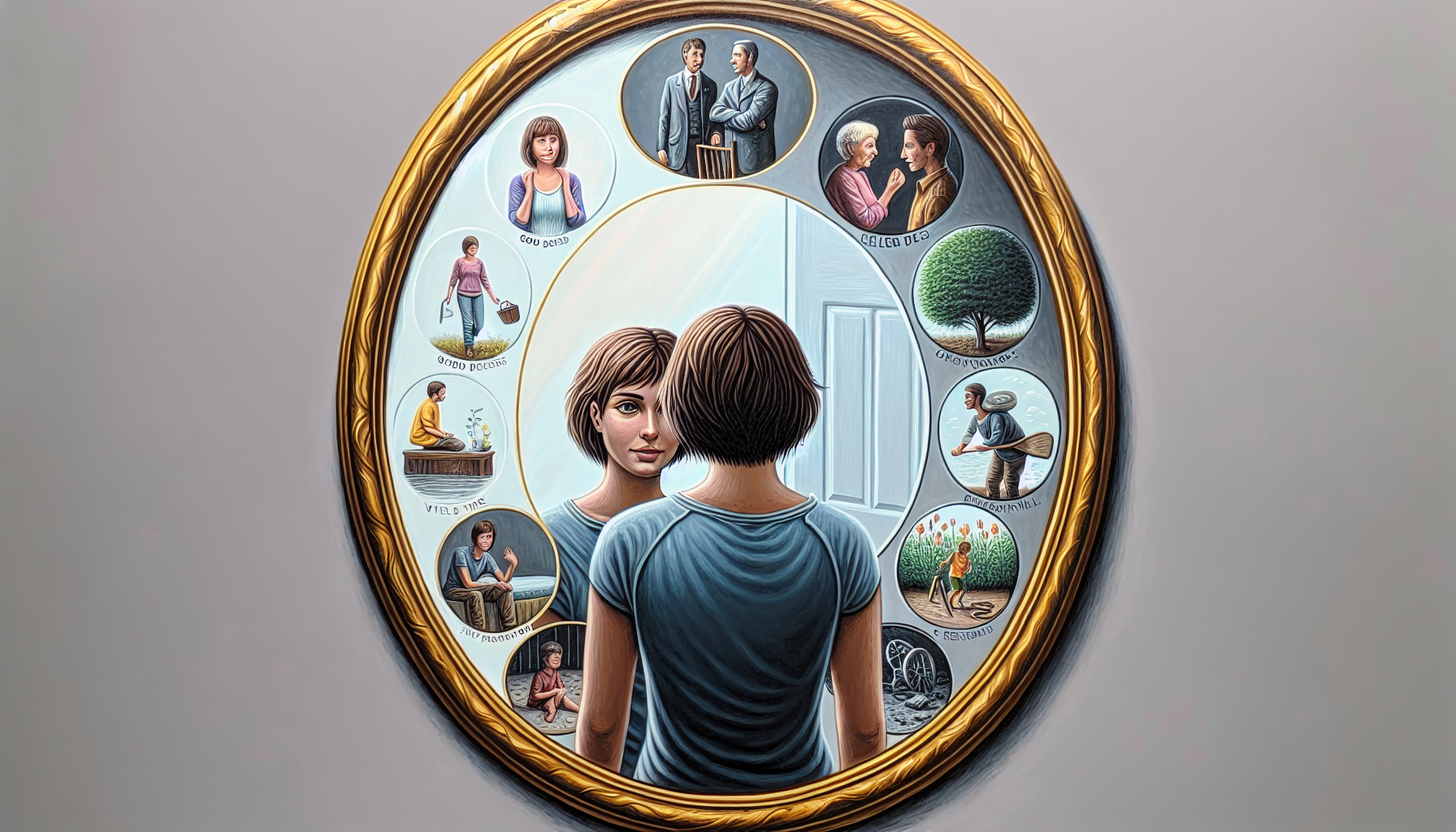The Future of Remote UI/UX Contract Work

One of the most significant benefits of remote work for UI/UX designers is the ability to collaborate with a diverse range of clients and professionals from around the world. This global collaboration not only enriches the design process but also encourages the exchange of ideas and perspectives that can lead to innovative solutions. For instance, a designer based in Berlin can easily work with a startup in San Francisco, bringing unique cultural insights that enhance the user experience. To effectively navigate this global landscape, designers must be proficient in various communication and collaboration tools, such as Slack, Zoom, and Figma. These platforms facilitate real-time discussions and allow for seamless sharing of design files, making it easier to work across different time zones and cultures. Moreover, being culturally aware and sensitive to different design aesthetics can help designers tailor their work to meet the expectations and preferences of international clients. For example, a designer might adapt their color palette or typography choices to resonate better with a specific demographic, enhancing user engagement.
Digital Nomadism: The New Work-Life Balance
The rise of remote work has also given birth to a new generation of digital nomads—individuals who leverage technology to work from anywhere in the world. For UI/UX designers seeking a flexible lifestyle, this trend presents an exciting opportunity to travel while continuing to build their careers. From beachside cafes in Bali to co-working spaces in Lisbon, the possibilities are endless. However, embracing a nomadic lifestyle comes with its own set of challenges. Designers must ensure they have reliable internet access and the necessary tools to manage their projects on the go. For instance, cloud-based design tools allow for easy access and collaboration, even in remote locations. Additionally, maintaining a work-life balance becomes crucial when work and leisure spaces blur. Establishing boundaries, setting a schedule, and prioritizing self-care are essential strategies for digital nomads to stay productive while enjoying their new surroundings. A digital nomad might set specific hours for client meetings and design work, reserving evenings for exploration, thus balancing work and personal experiences effectively.
Adapting to Changing Client Demands
As remote work becomes the norm, clients are evolving their expectations. They are increasingly seeking designers who can demonstrate not only technical skills but also an understanding of remote work dynamics. This includes being proactive in communication, meeting deadlines, and managing projects independently. To remain competitive, UI/UX designers must adapt by honing their soft skills alongside their design abilities. This involves developing strong communication skills to articulate design concepts clearly and effectively, as well as enhancing project management skills to oversee timelines and deliverables without direct oversight. Furthermore, staying updated on industry trends and emerging technologies is vital for designers to offer relevant and innovative solutions to their clients. For example, understanding the latest advancements in artificial intelligence can enable designers to create more intuitive user experiences that leverage these technologies, making them invaluable to clients looking for cutting-edge solutions.
The future of remote UI/UX contract work is bright, filled with opportunities for those willing to embrace change and adapt to new ways of working. As global collaboration becomes more prevalent and digital nomadism gains traction, designers must cultivate a diverse skill set that includes both technical expertise and soft skills. By doing so, they can not only thrive in this evolving landscape but also contribute to meaningful and innovative design solutions that resonate across cultures. The key to success lies in adaptability, continuous learning, and building strong relationships with clients and colleagues, ensuring that remote work is not just a trend but a sustainable way of life for UI/UX designers. As the demand for remote UI/UX contract jobs continues to grow, those who navigate this landscape with creativity and resourcefulness will undoubtedly lead the charge into a promising future.
Remote UI/UX Designer
InVision, Toptal
Core Responsibilities
Collaborate with cross-functional teams to define user requirements and create intuitive user interfaces.
Conduct user research and usability testing to gather feedback and iterate on designs.
Develop wireframes, prototypes, and high-fidelity mockups using design tools like Figma or Adobe XD.
Required Skills
Proficiency in user-centered design principles and methodologies.
Strong communication skills for presenting ideas and facilitating discussions with stakeholders.
Experience with collaborative tools such as Miro, Slack, and Trello.
Remote UX Researcher
Nielsen Norman Group
Core Responsibilities
Design and conduct qualitative and quantitative research to understand user needs and behaviors.
Analyze research findings to inform design decisions and improve user experiences.
Collaborate with designers and product managers to develop user personas and journey maps.
Required Skills
Expertise in research methodologies, including surveys, interviews, and A/B testing.
Strong analytical skills for synthesizing data into actionable insights.
Familiarity with research tools like UserTesting and Optimal Workshop.
Remote Interaction Designer
Google, Apple
Core Responsibilities
Create engaging and effective interactions for web and mobile applications.
Collaborate closely with UI designers to ensure a cohesive visual and interaction experience.
Develop and maintain design specifications and style guides for consistency.
Required Skills
Strong understanding of interaction design principles and user flow optimization.
Proficiency in design software, particularly Adobe Creative Suite and prototyping tools.
Experience with HTML/CSS is a plus for better collaboration with developers.
Remote Visual Designer
BuzzFeed, Shopify
Core Responsibilities
Develop visually compelling designs that align with brand guidelines and enhance user experiences.
Work with marketing and product teams to create graphics for campaigns and promotional materials.
Stay updated on design trends and incorporate them into visual strategies.
Required Skills
Strong portfolio showcasing visual design skills and creativity.
Proficiency in graphic design tools such as Adobe Illustrator and Sketch.
Understanding of responsive design principles for various screen sizes.
Remote Product Designer
Airbnb, Dropbox
Core Responsibilities
Lead the end-to-end product design process from ideation to final implementation.
Collaborate with product managers and engineers to define product features and functionality.
Iterate on designs based on user feedback and analytics to enhance product usability.
Required Skills
Strong portfolio demonstrating product design projects and outcomes.
Knowledge of agile methodologies and experience working in fast-paced environments.
Proficiency in design thinking and experience with design systems.


